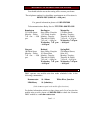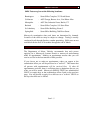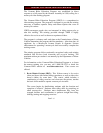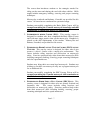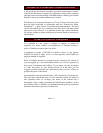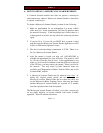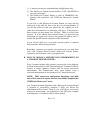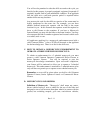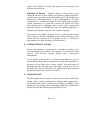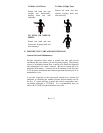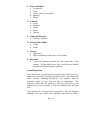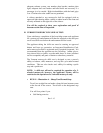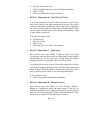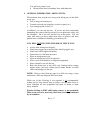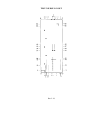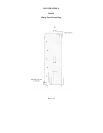Part I - 12
tractors and vehicles on which the operator and passengers ride
within an enclosed cab.
Definition of Moped: "Moped" means a motor-driven cycle
equipped with two or three wheels, foot pedals to permit propulsion,
a power source providing up to a maximum of two brake horsepower
and having a maximum piston or rotor displacement of 50 cubic
centimeters if a combustion engine is used, which will propel the
vehicle, unassisted, at a speed not to exceed 30 M.P.H. on a level
road surface and is equipped with a power drive system that
functions directly or automatically only, not requiring clutching or
shifting by the operator after the drive system is engaged.
The operator of a moped is required to have a valid Vermont license
and is subject to all laws regulating motor vehicles and motorcycles
except that the operator is not required to have a motorcycle
endorsement or to wear a helmet or face protection.
E. VERMONT REGULATIONS:
Owners and operators of motorcycles or mopeds are subject to all
laws regulating motor vehicles. The operator of a motorcycle must
have a valid Vermont operator license with a motorcycle
endorsement.
If you operate a motorcycle or a moped on the highway, you are
granted all privileges and are subject to all of the rules applicable to
the driver of any other type of motor vehicle. You must obey all
traffic regulations, stop signs and signal lights. You have full use of
the traffic lane, but two motorcycles or mopeds shall not be operated
beside each other in the same lane of traffic.
F. HAND SIGNALS:
The law requires that all operators signal their intentions, either with
a hand signal or with a mechanical or lighting device approved by
the Commissioner, before slowing down, stopping or making a turn,
pulling out of a parking place or changing traffic lanes. When hand
signals are used, the following are prescribed by law:



